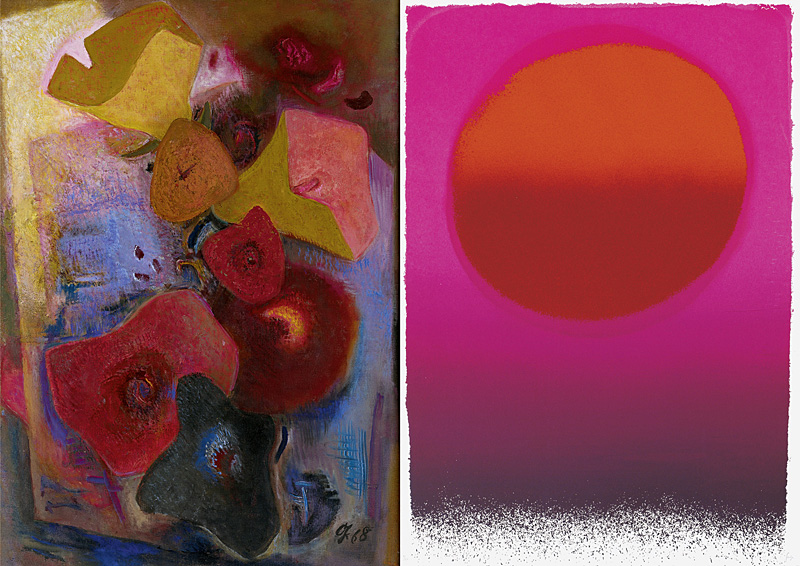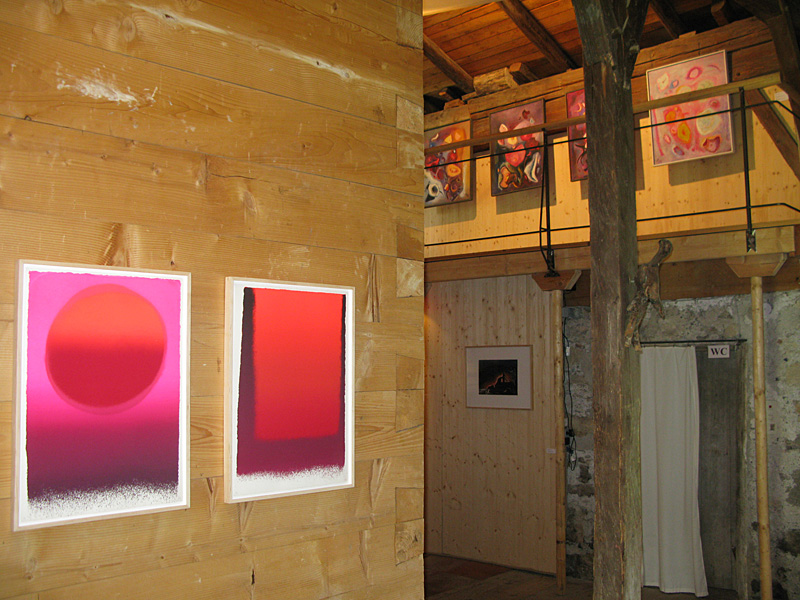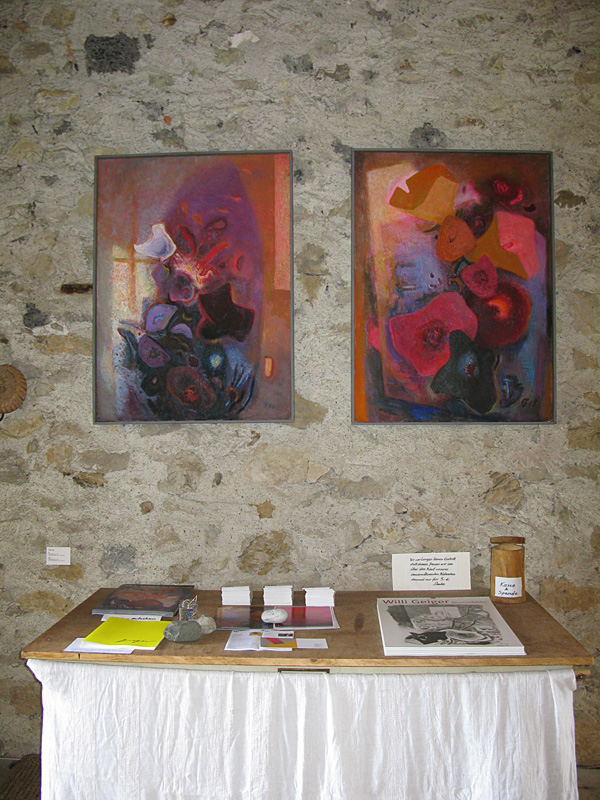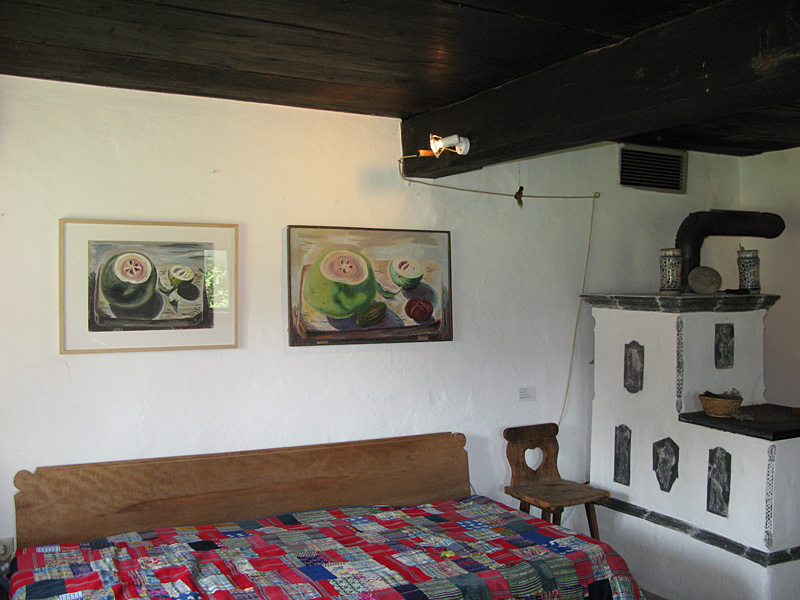|
"Willi Geiger and Rupprecht Geiger at the Bax", Künstlerhaus Geiger - the Bax, Übersee am Chiemsee July-August 2009. How can two artists in a close father-son relationship influence each other on the one hand and at the same time distance themselves from each other? With this question in mind, the third exhibition at the Bax attempted to show the reciprocal artistic work of Willi Geiger and Rupprecht Geiger in each other's work. For this purpose, different thematic areas were addressed and selected works of the two artists were confronted with each other. In addition to directly recognizable thematic and pictorial connections, only a subliminal influence can be sensed in other paintings. Although Willi Geiger never took on the role of a teacher, Rupprecht Geiger acquired extensive technical and art historical knowledge through his mediation. His lifelong fascination with light and color arose during their joint travels in the South. From the beginning, painting formed Rupprecht Geiger's "natural environment" and certainly this favored his turn to painting during World War II. In the exhibition, some landscape watercolors illustrated how close the two were painterly. At the Chiemsee, father and son dealt artistically intensively with nature throughout their lives anyway, whether in the garden with flowers or at the lake with the sunsets. Rupprecht Geiger also designed found objects picked up on the lakeshore into so-called masks, which Willi Geiger in turn later took up as motifs in some of his works. Father and son experienced two world wars in succession and processed their experiences very differently artistically. Their confrontation with the 2nd World War formed an important aspect in the exhibition. During his war service on the Eastern Front, Rupprecht concentrated mainly on atmospheric landscape depictions in order to escape the horrific horrors of war. Thanks to these paintings, with the help of his father, he was able to serve as a war painter in the Ukraine and Greece during the last two years of the war. At the same time, Willi Geiger secretly and in seclusion at Lake Chiemsee drew the sheets of the portfolio Twelve Years, which was published only after the war. In them he explicitly depicted his unrelenting judgment of the "hell of war". It was not until after 1945 that Rupprecht Geiger broke away from his father's example due to his conscious preoccupation with color. Within a few years he found his way to abstraction and began the gradual reduction of his use of form and color that characterizes his entire oeuvre. As a result of the pursuit of the "abstract" color, he soon used artificially produced day-glo pigments. The development of this pictorial language of Rupprecht Geiger was illustrated in the exhibition by means of prints. Willi Geiger, meanwhile, concentrated on floral still lifes in his final creative phase. Relevant for the exhibition was the development from naturalistic bouquets of flowers into increasingly abstracted forms that only vaguely resembled flowers. These paintings also gained in intensity in their colorfulness. Under the direct influence of his son, Willi Geiger even began to work with fluorescent luminous colors in the mid-1960s. And so it is said in the family that the father initially secretly stole the coveted pigments from his son's studio. |
|
Exhibition idea and text: Julia Geiger |






